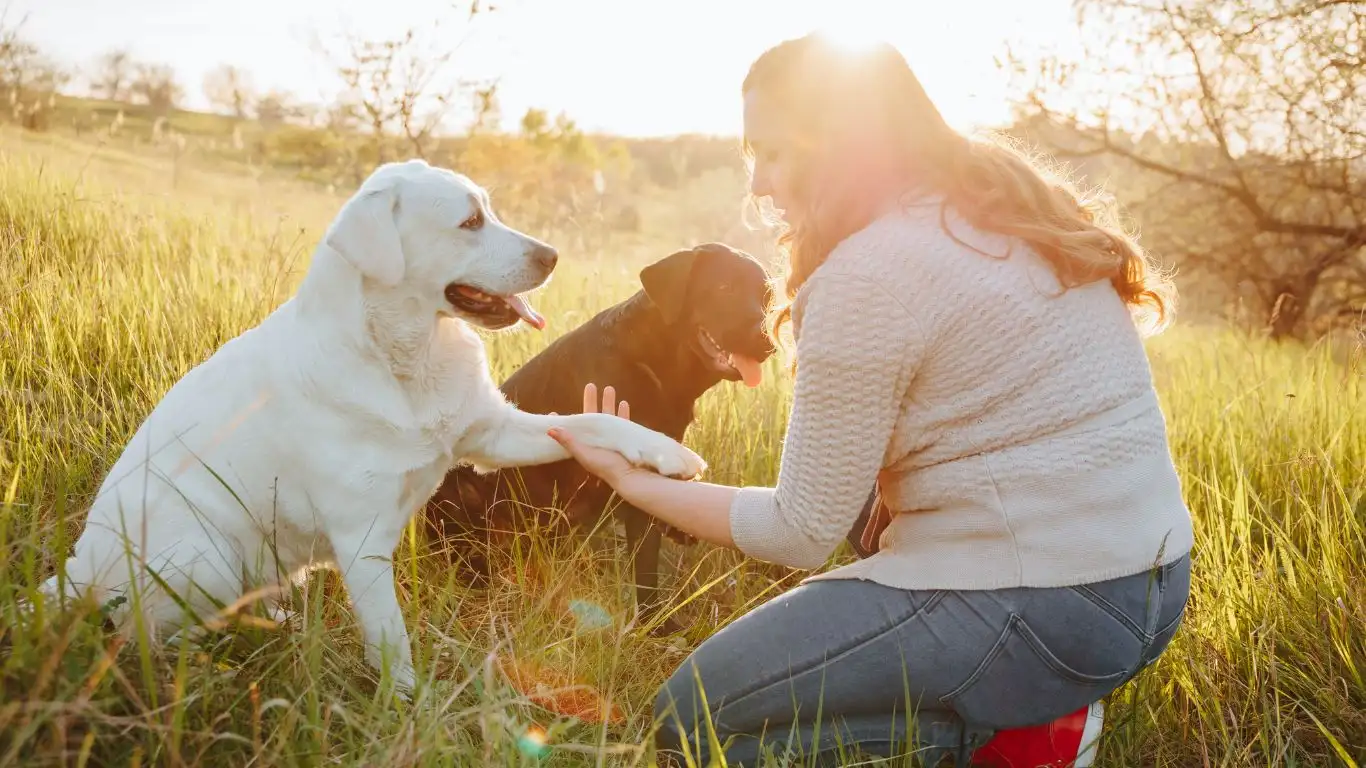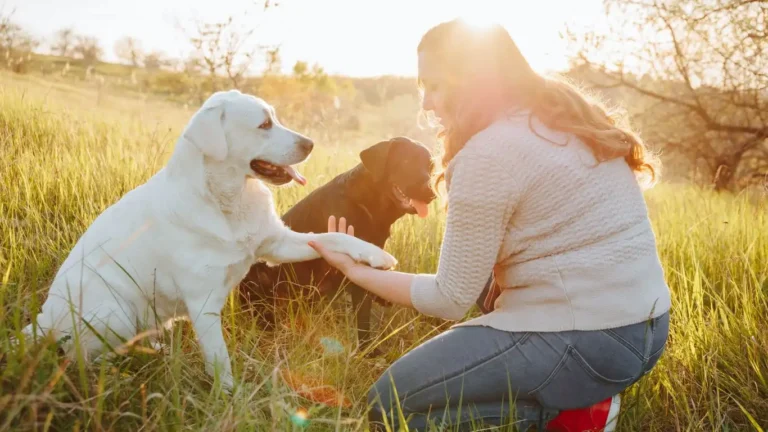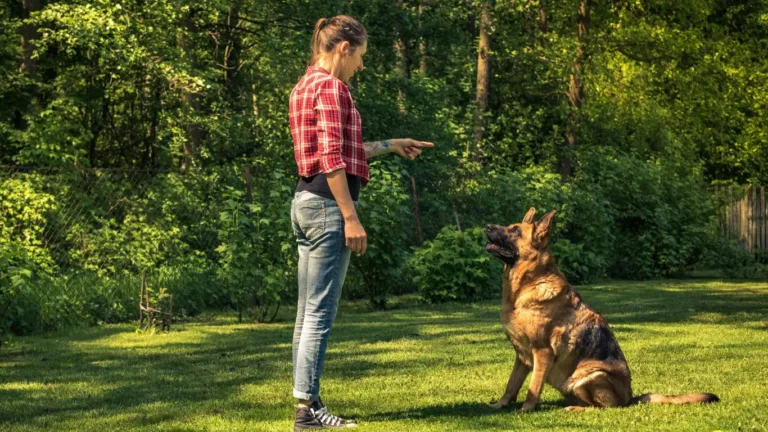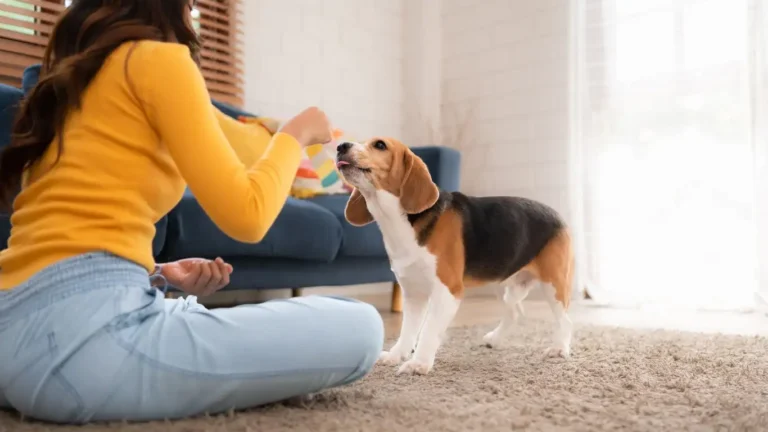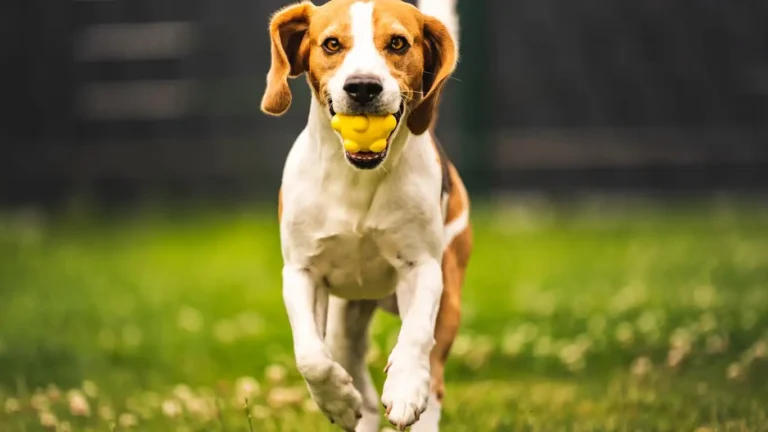How to Train a Dog to Respect Crate Time with Confidence and Ease
When people ask me how to train a dog to respect crate time, I get it—you’re not trying to lock your dog away. You’re looking for peace, structure, and maybe just five minutes to drink your coffee while it’s still hot. As a Canine-Assisted Therapy Trainer, I’ve seen how crate training, when done right, can create calm, happy dogs who feel secure and know their place in the world. But I’ve also watched people struggle with guilt, confusion, and all those puppy-dog eyes staring at them through crate bars. So let’s have a real talk about it—because crate time shouldn’t feel like jail time, and your dog deserves more than just a place to crash.
Why Crate Training Matters More Than You Think
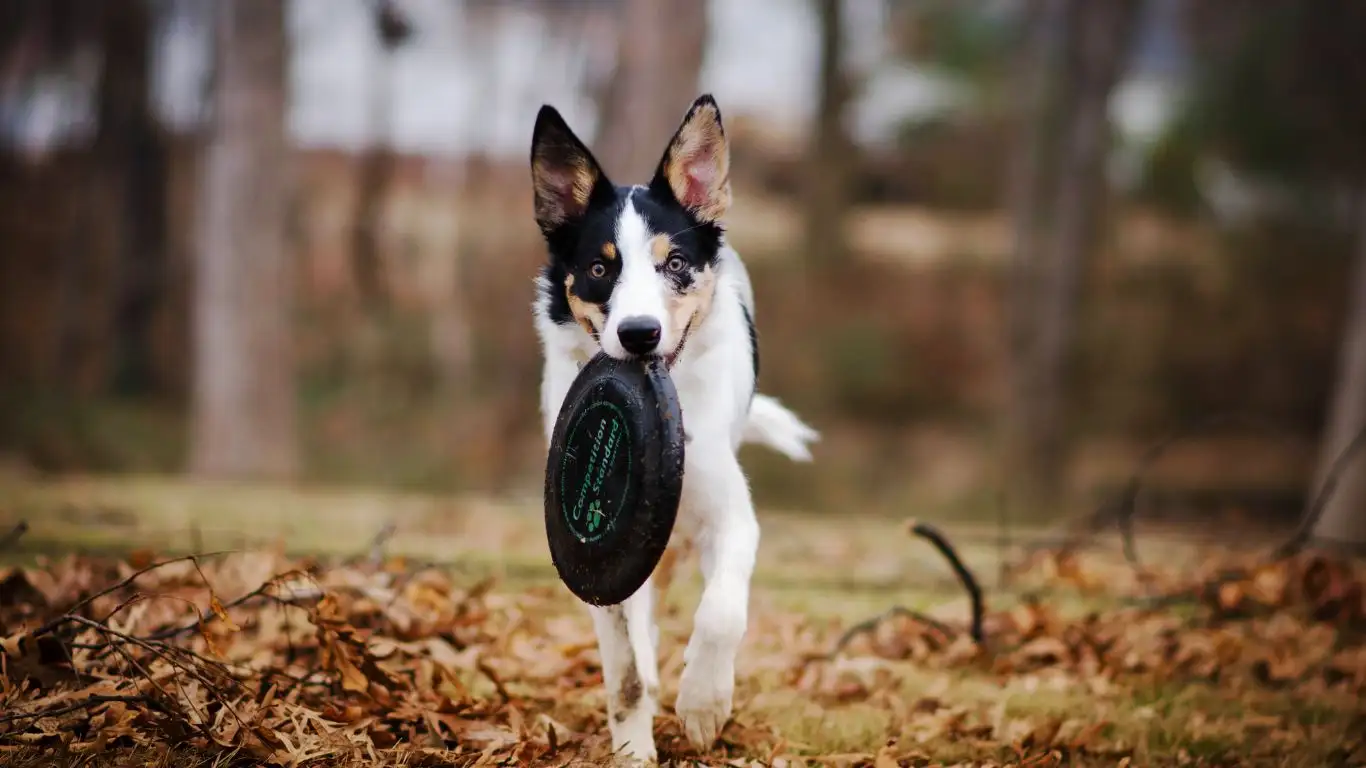
Okay, so let’s break the ice here. Crates get a bad rap. Some folks hear the word and immediately think of punishment. But in reality, a crate is one of the best tools in your dog-training toolbox—*if* you use it right. I’ve worked with hundreds of pups—everything from excitable doodles to anxious rescues—and teaching them to respect crate time changed everything about their behavior.
Why? Because a crate gives your dog something they desperately crave: predictability. Dogs are den animals by nature. They like having a safe, cozy space to retreat to. And when you teach them to associate that space with positive experiences? You’re not caging them—you’re giving them a personal sanctuary. I’ve even seen dogs sneak off into their crates all on their own when they want some alone time. Yes, it’s that effective.
The Behavior Payoff Is Huge
Here’s where things get juicy. Respecting crate time isn’t just about having somewhere to put your dog when guests arrive or while you mop the floor. It influences everything:
- Faster house training: Dogs don’t like to soil where they sleep. A crate teaches bladder control—especially for puppies.
- Reduced anxiety: A properly trained crate dog doesn’t freak out every time you leave the house. The crate becomes a comfort zone, not a prison.
- Safer environment: No more chewed-up shoes or overturned trash cans while you’re at work.
- Better impulse control: Respecting crate time is a form of delayed gratification. Dogs learn that calm behavior leads to freedom, not chaos.
Understanding the Psychology Behind Crate Time
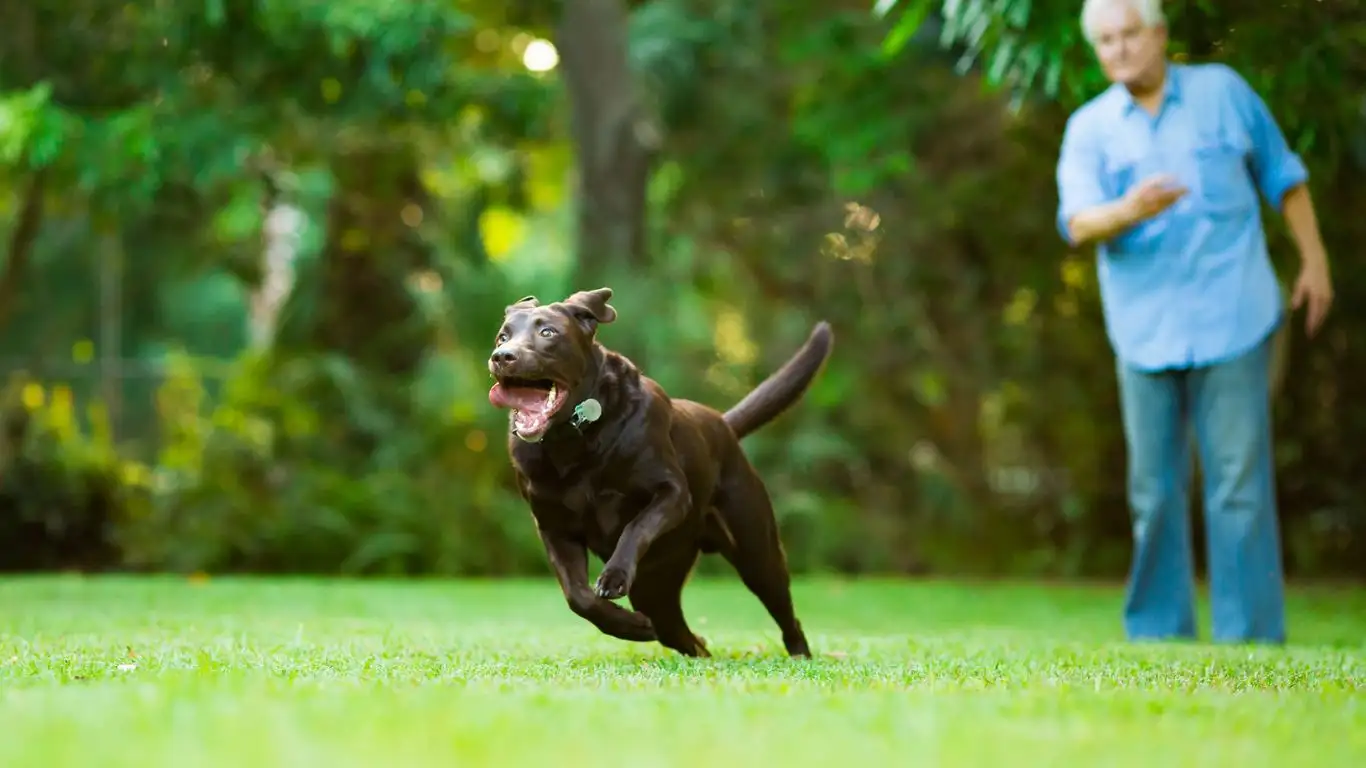
This part is often skipped, but it’s gold. You can’t teach a dog to respect crate time without first understanding how they see the crate. Think of it like this: if someone locked you in a room with no explanation and left you there, you’d panic too. But if that same room had your favorite snacks, a cozy blanket, and no pressure to “perform,” you’d start to feel okay about it—maybe even look forward to going back.
Dogs are the same. They thrive on routine and association. So if every crate session starts with stress and ends with barking, they’re going to fight it. But if you make it chill, predictable, and rewarding? Boom. Respect is born. In my work, I’ve trained therapy dogs to *choose* their crate as a way to decompress after a long day of interaction. That’s the level we’re aiming for.
It Starts With the Right Crate
Before you teach respect, make sure the crate you’re using is actually comfortable. Here’s what I recommend:
- Size matters: Your dog should be able to stand, turn around, and lie down comfortably. Not too small, but not a palace either.
- Add cozy elements: Think blankets, crate pads, or even an old t-shirt with your scent. It should feel homey.
- Location, location, location: Keep the crate in a quiet spot, but not totally isolated. Dogs are social creatures—they don’t want to feel abandoned.
Respect Isn’t Instant—It’s Built Over Time

One of the biggest mistakes I see is people expecting results overnight. Crate training isn’t a switch you flip—it’s a process. And respect, real respect, is earned over time. I always say this to my clients: *consistency beats intensity every time*. You don’t have to do hour-long training sessions. You just have to be steady, kind, and clear in what you’re teaching.
When I worked with a rescue Lab named Milo (who had some serious abandonment issues), we started with just five-minute sessions. Treats. Open door. No pressure. Slowly, we built that up. Within a few weeks, he’d trot into the crate on his own, curl up, and nap like a pro. That’s what’s possible when you focus on building trust first, not control.
Final Thoughts (For Now)
Teaching your dog to respect crate time isn’t about domination—it’s about communication. It’s about showing your dog, through consistent actions, that their crate is a safe, reliable place they can count on. When you get it right, the crate becomes a cornerstone of a calm, balanced life—for both of you.
Introducing Crate Time Without Drama
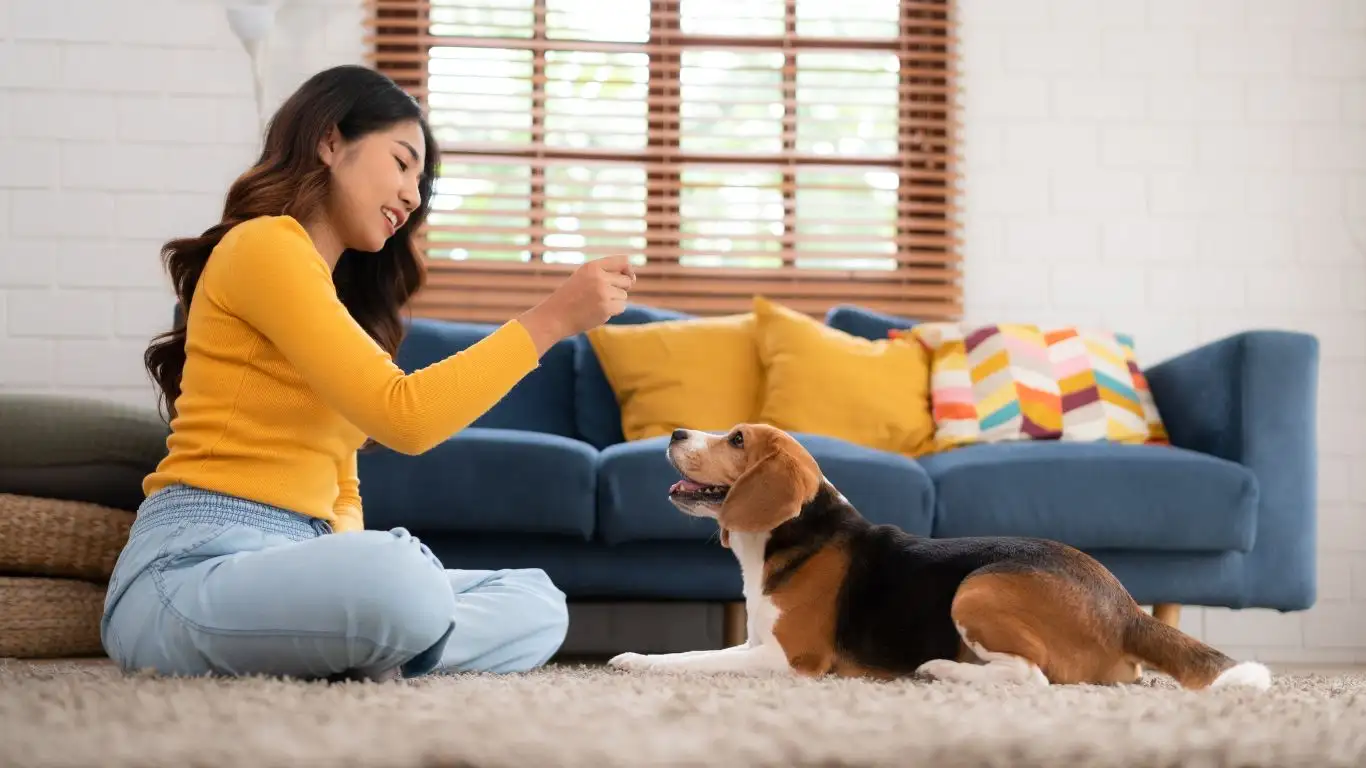
So now that we’ve laid the groundwork, let’s talk about that crucial first impression. You only get one shot to introduce your pup to crate time without it becoming some epic meltdown. I’ve had new dog parents call me in a panic after just one rough crate session—“He cried all night!” “She hates the crate!”—and honestly, it usually comes down to rushing it.
Think of crate time like introducing a toddler to daycare. If you dump them off without warning, tears are guaranteed. But if you ease them in—short visits, familiar stuff, positive vibes—they adapt faster. Same deal with dogs. When I worked with one of my more sensitive therapy dogs, Bella, we started with the crate door wide open and high-value treats just inside the threshold. No pressure. Just sniff and snack. That small move made her associate the crate with *yes, please* instead of *no, thanks*.
Make It a Party (Sort Of)
Don’t underestimate how much excitement you can build around crate time. I know that sounds weird, but I’m serious. Toss in a favorite toy. Maybe a frozen peanut butter Kong. Use your best happy voice. Your energy sets the tone, and if you treat crate time like a fun event instead of a punishment, your dog will pick up on that.
Here’s one trick I swear by: I make the crate part of our play routine. After some tug or fetch, I’ll toss the toy into the crate and say, “Go get it!” Pretty soon, the crate becomes part of the game—and trust me, once your dog starts dashing into the crate on command, you’ll feel like a training rockstar.
How to Build Duration Without the Meltdowns
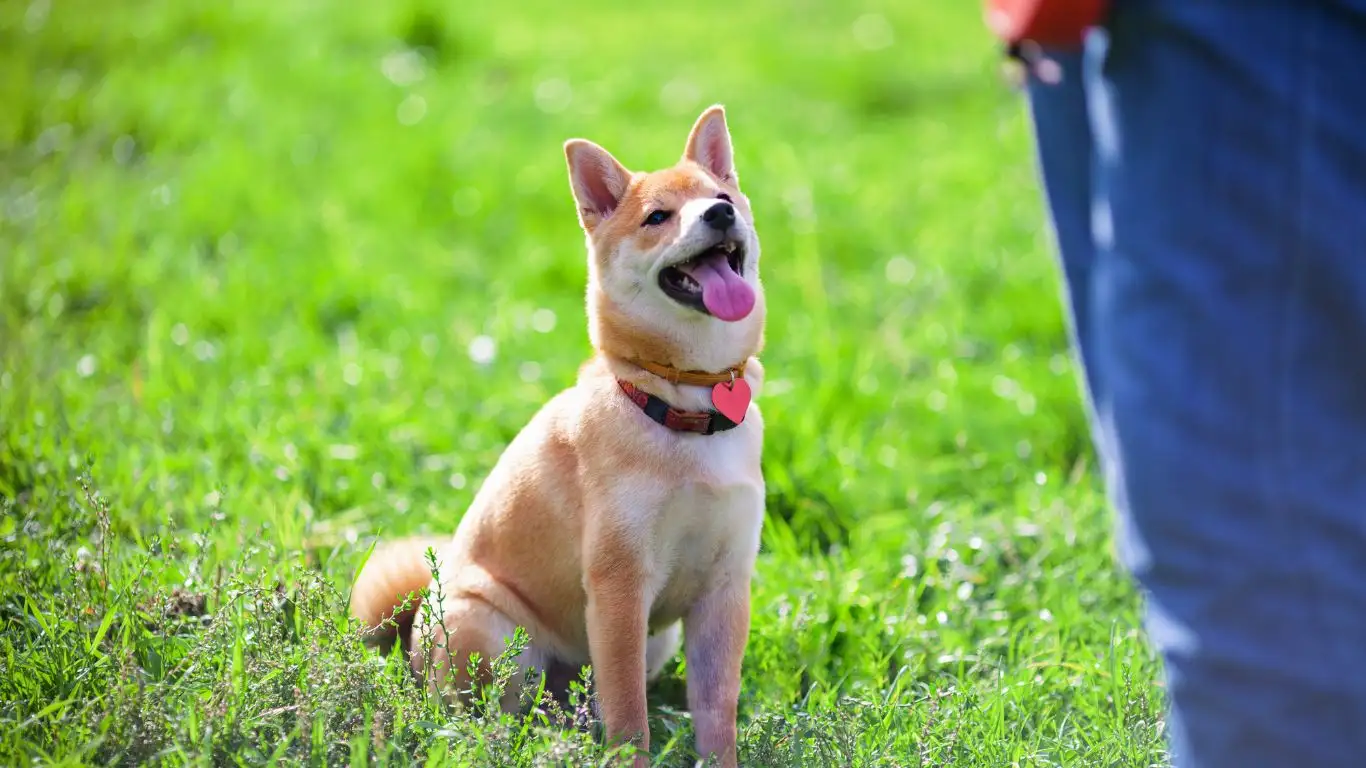
This is where patience pays off. Teaching your dog to *stay* in the crate is a whole different story from getting them to *go* into it. You’re gonna need to work on this gradually. Don’t just pop them in, shut the door, and walk away for an hour. That’s a fast track to barking, whining, and general crate hatred.
Instead, try the baby steps approach:
- Start with open-door sessions: Let them chill inside with the door open while you sit nearby. No pressure.
- Close the door for short bursts: Think 30 seconds to a minute at first. Stay close so they know you haven’t vanished.
- Extend the time gradually: Once they’re cool with a few minutes, start stepping out of the room. Keep it low-key and calm.
One thing I remind my clients constantly: don’t rush this part. Crate respect isn’t just about obedience—it’s about trust. You’re showing your dog that you always come back, that the crate isn’t scary, and that calm behavior is what gets rewarded. When I trained Cooper, a high-strung border collie mix, I literally had a timer on my phone. We started with 2-minute intervals and slowly built from there. In three weeks, he was snoozing through full afternoons in his crate like a champ.
Timing Is Everything
There’s a rhythm to crate training that most people overlook. If you only use the crate when you’re leaving or when the dog’s in trouble, you’re setting yourself up for failure. Dogs are way smarter than we give them credit for—they’ll start to associate the crate with being alone or punished, and then, well… good luck getting them in without a bribe.
Instead, throw in some random crate sessions during the day. After a walk, when they’re tired and relaxed. Or while you’re watching TV. Or when you’re cooking dinner. The more you normalize it, the less dramatic it becomes.
What to Do When Your Dog Pushes Back

Okay, let’s be real. Even with the best prep, most dogs will push back at some point. Some will bark. Others might paw at the crate or give you those heartbreaking puppy eyes. Don’t panic—this is totally normal. What matters is how you respond.
First off, don’t give in right away. If you let them out every time they cry, you’re basically teaching them that whining = freedom. And you’ll be stuck in that loop forever. Instead, wait for a brief pause in the noise—just a few seconds of silence—and *then* open the door. That way, they learn that calmness gets rewarded, not noise.
But hey, I’m not saying you should ignore full-on distress. If your dog is panicking (we’re talking drooling, trying to escape, or full-blown anxiety), that’s a different story. That’s when it’s time to step back, reassess, and maybe even talk to a pro. I’ve had to scale things way back with a few of my more sensitive clients—sometimes just sitting next to the crate with the door open was progress.
It’s Not About Perfection
Crate training isn’t about having a perfectly behaved dog overnight. It’s messy. There will be setbacks. Some days will feel like magic, and others like chaos. But the goal isn’t perfection—it’s progress. And honestly? That’s where the real connection happens. You’re building communication, trust, and structure. And from where I’m standing—after years of working with therapy dogs, family pets, and anxious rescues—that’s what makes the biggest difference.
Reinforcing Crate Time Respect as a Long-Term Habit

By now, if you’ve been consistent and patient, your dog probably knows the crate isn’t a scary place. But teaching your dog to respect crate time doesn’t stop once they stop whining. It’s like working out—if you want lasting results, you’ve gotta keep showing up. I’ve seen this firsthand with clients who nailed crate training in the beginning, but let it fall by the wayside. Before long, their dogs were back to resisting or getting anxious again. So how do you make crate time a lifestyle and not just a training phase?
The secret? Keep it part of the routine. I still crate my own dogs from time to time even though they don’t *need* it. It’s a great way to give them space to recharge, especially after a busy day of therapy visits or guests in the house. I also make sure crate time is never just about me leaving the house—sometimes it’s just for a midday nap or a quiet break.
Rotating Positive Associations
Even after your dog is crate trained, it’s important to keep the positive associations fresh. Here are a few ways I like to mix things up:
- Crate-only treats: Have a special treat or chew that only shows up when your dog’s in the crate. This keeps it exciting.
- Crate toys on rotation: Switch out toys every few days to keep the space interesting and engaging.
- Quiet background sounds: Soft music or a white noise machine can help relax anxious dogs, especially when crated during busy household times.
One of my golden retriever clients, Tucker, still hops in his crate anytime he sees me prepping a stuffed Kong. And he’s five years old now. That’s the power of keeping crate time rewarding and relevant, even well past the initial training phase.
What Crate Respect Looks Like in Real Life
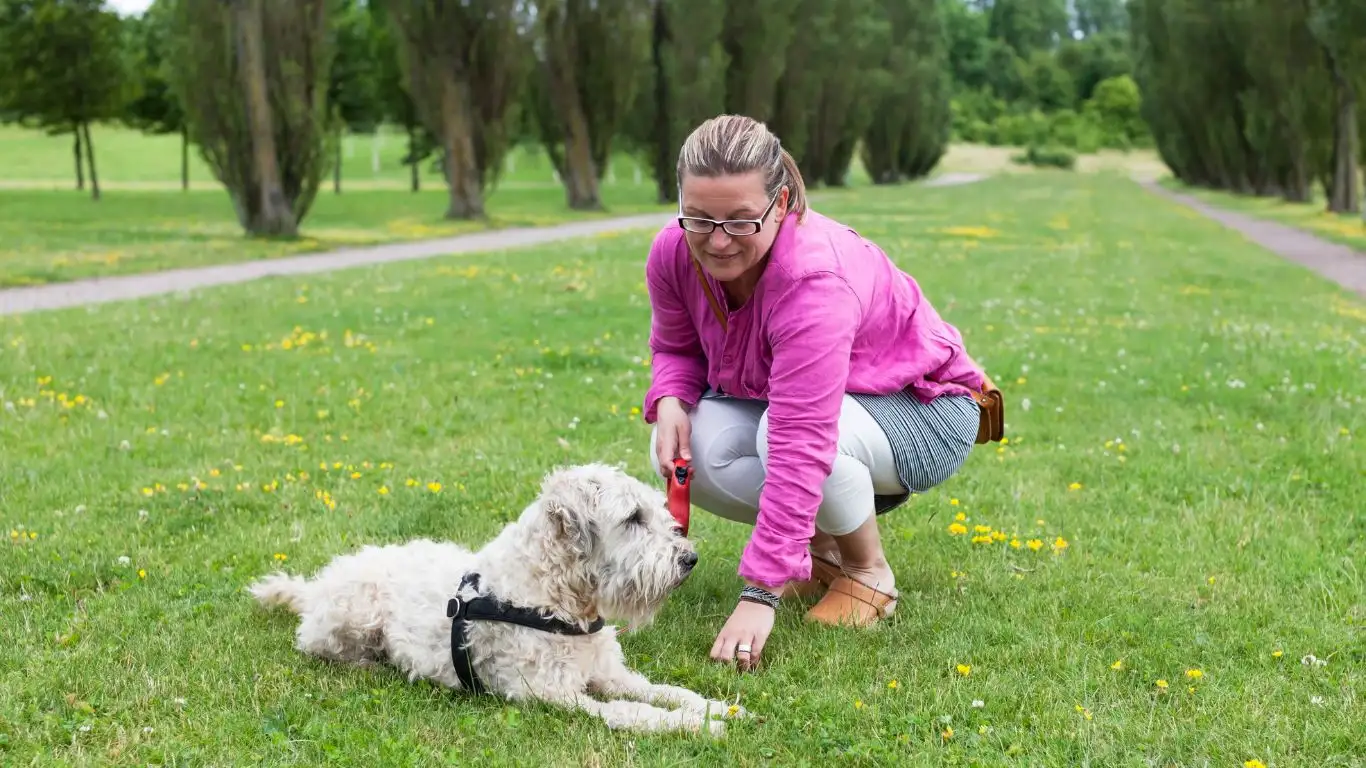
Let’s paint a picture. When a dog truly respects crate time, it’s not just about staying quiet when the door is closed. It’s about choosing calm behavior, even when life gets chaotic around them. I’ve walked into homes where the doorbell rings, chaos erupts, and the dog—without being told—goes straight to their crate to chill. That’s not magic. That’s consistent, smart training.
Respect for crate time also helps in real-world situations. Think vet visits, travel, emergency boarding, or even injury recovery. When your dog already sees the crate as a positive, calming space, all of these experiences get easier—for both of you.
One of the therapy dogs I worked with, Jasper, had surgery last year and had to stay crated during recovery. His owners told me the vet staff were amazed at how calm he was—because for him, crate time wasn’t new or stressful. It was just part of life. That’s the long game goal.
Addressing Common Crate Setbacks
Even with great training, things can occasionally go sideways. Life happens. Here are some quick troubleshooting tips for when crate time suddenly becomes an issue again:
- Sudden resistance? Revisit the basics. Go back to short, positive sessions with the door open.
- Whining or barking reappears? Stay calm. Wait for a quiet moment before letting them out, and reinforce calm behavior.
- Crate becomes the “punishment zone”? Mix in crate time during happy moments, not just when you’re leaving or disciplining.
And never underestimate the power of a reset. If something feels off, it’s okay to step back and rebuild that positive foundation. I had to do just that with one of my own dogs after we moved houses—new environment, new crate anxiety. But with patience and consistency, we got back on track in just a week or two.
Final Takeaways for Crate Training Success
Crate training done right is so much more than a method for housebreaking or managing chaos—it’s about creating trust and offering your dog a safe, secure place in your home. If you focus on clear communication, consistency, and kindness, your dog will not only accept crate time—they’ll appreciate it.
And remember, it’s not about perfection. It’s about progress and connection. Whether you’re raising a new puppy or retraining an older rescue, the crate can be your best ally in creating a calm, respectful, and balanced canine companion.
Need a Quick Recap?
Here’s a cheat sheet to keep in your back pocket:
- Start with short, positive crate sessions.
- Never use the crate as punishment.
- Normalize crate time throughout the day—not just when you leave.
- Reward calm behavior and ignore whining (unless it signals distress).
- Keep things interesting—rotate toys, treats, and locations.
- Stay consistent even after the initial training is “done.”
Trust me—respect for crate time is one of the best gifts you can give your dog. And yourself.
References
- American Kennel Club: How to Crate Train a Puppy
- Victoria Stilwell: Crate Training 101
- The Humane Society: Crate Training 101
Disclaimer
The information in this article is based on my professional experience as a Canine-Assisted Therapy Trainer and is for educational purposes only. Every dog is different—if your dog is showing signs of extreme stress or behavioral issues, consult with a certified canine behaviorist or your veterinarian for personalized support.
